I have been meaning to make a low-fat peanut sauce for ages. There are many recipes of course, but I had some red Thai curry paste to use up and thought this might be a great and easy addition of spices in my peanut sauce. I also wanted to use peanut flour for a low-fat version, and also because peanut flour doesn’t aggravate my system the way peanut butter does (food intolerance).
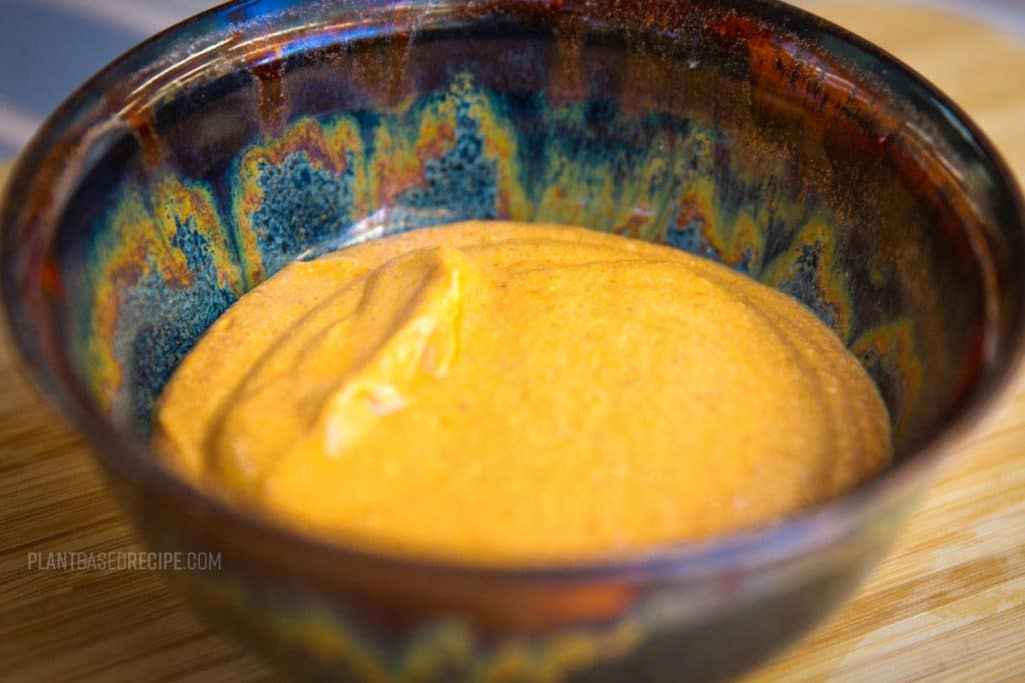
I didn’t know how to thicken it up nicely without using coconut milk, as I always had in the past. While delicious, we have completely excluded it from our diet after going low-fat earlier this year (for reasons McDougall and Esselstyn, among others, advocate). So what to use? Silken tofu is one way to thicken up sauces, so I added this into the sauce and it turned out great. The peanut flour adds a ton of flavor also without the fat. If you cannot find peanut flour, you can use powdered peanut butter instead (the only difference is sweetener).
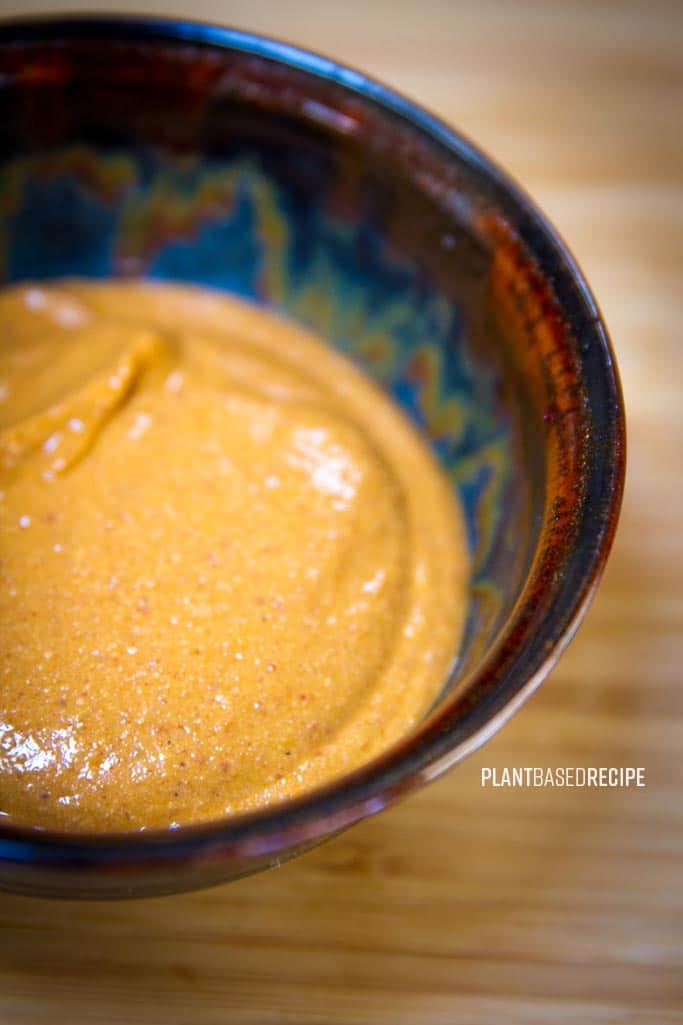
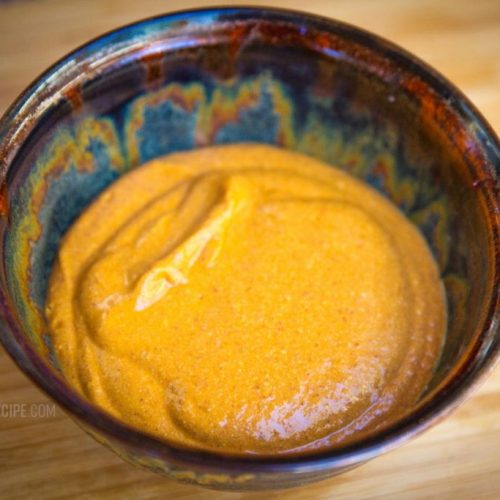
Low fat vegan thai peanut sauce (Quick version)
Ingredients
- 1/2 cup defatted peanut flour Or sub powdered peanut butter. See notes.
- 3 oz tofu firm or silken, plain
- 2 Tbsp red curry paste See notes
- 1.5 oz non-dairy milk cashew, oat, rice etc
- 1.5 oz apple cider vinegar
- 2 tsp maple syrup or stevia to taste, optional
Instructions
- Combine all ingredients in a food processor or blender and combine until smooth.
- This recipe is a somewhat thick consistency, and can be used as a spread or dip or mixed into noodle dishes. Add additional vinegar and/or water for a thinner consistency suitable for bowls or drizzles.
Notes
There are many alternative spices you could add. If you need to add a bit of additional heat, use some thai chili hot sauce or paste. You can add a bit of tamarind paste for some extra citrus.
This sauce goes wonderfully in noodle dishes, of course. I added it to my lunch of ramen noodles and leftover broccoli slaw – a rather odd combination (emptying out the fridge), but combined perfectly flavor wise (I added some red chili flakes for heat). It will work as a dip for vegetables, a spread in a wrap, or a stir fry with broccoli and bean sprouts.
Tonight I thinned out this sauce to make a salad/bowl dressing. I added a few heaping spoonfuls of the sauce, and a bit of water, apple cider vinegar, a touch of maple syrup, and a squirt of Sriracha for heat before mixing it well with a whisk.
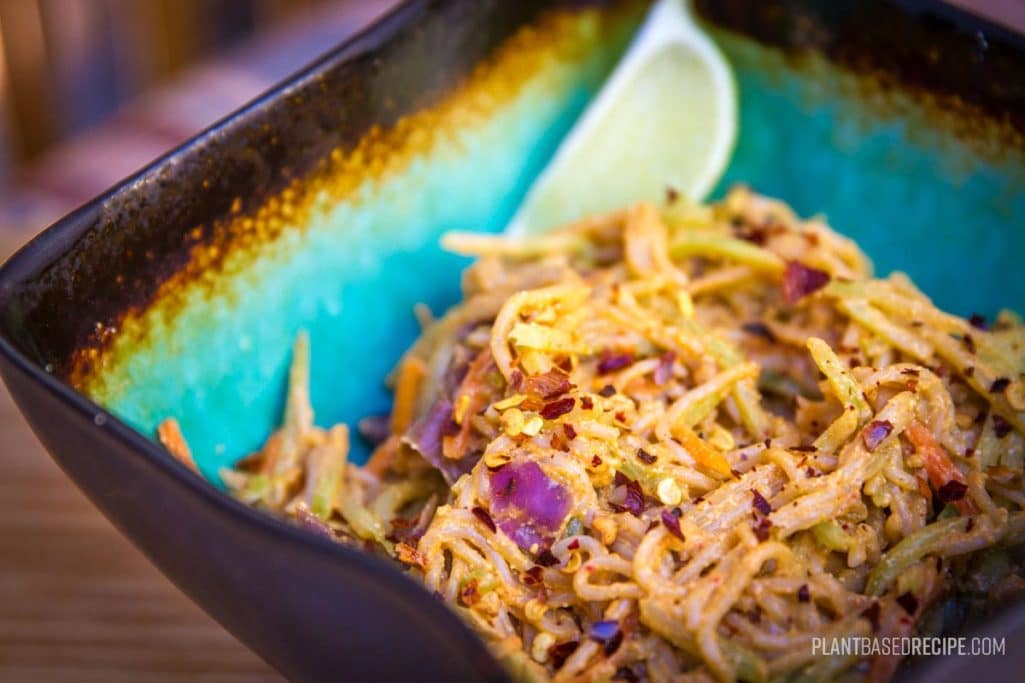
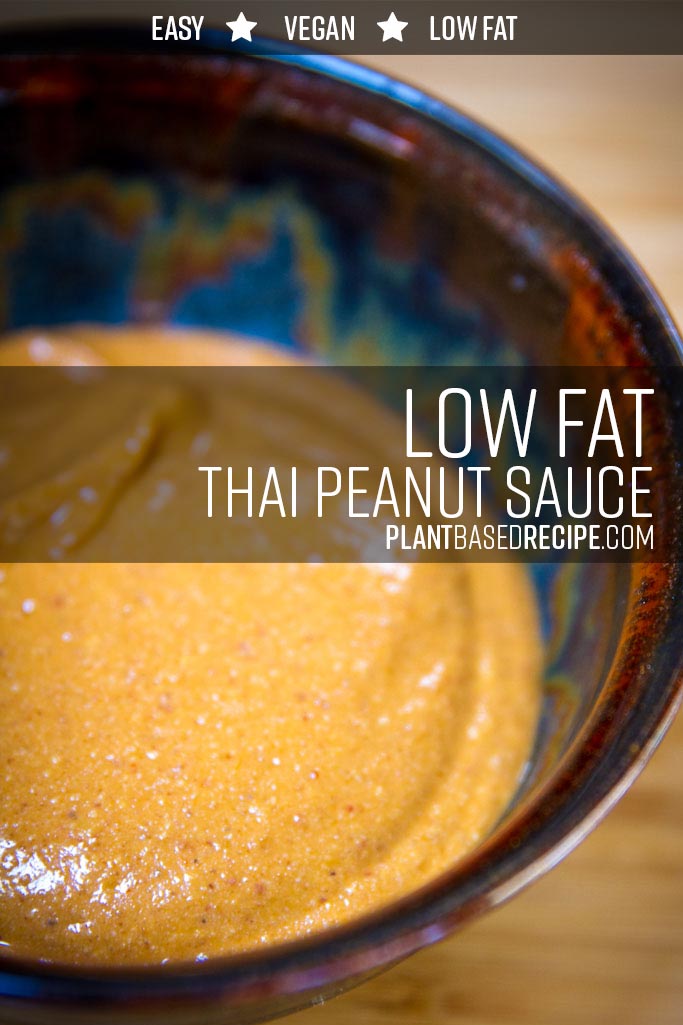
- Pad Thai Protein Salad recipe from The Plant-Based Cookbook + Book Review and Giveaway! - December 9, 2020
- Lemon ginger bowl sauce with miso recipe (Oil free, no added sodium) - November 30, 2020
- New vegan bacon at Whole Foods Market – 300 store roll-out - November 15, 2020

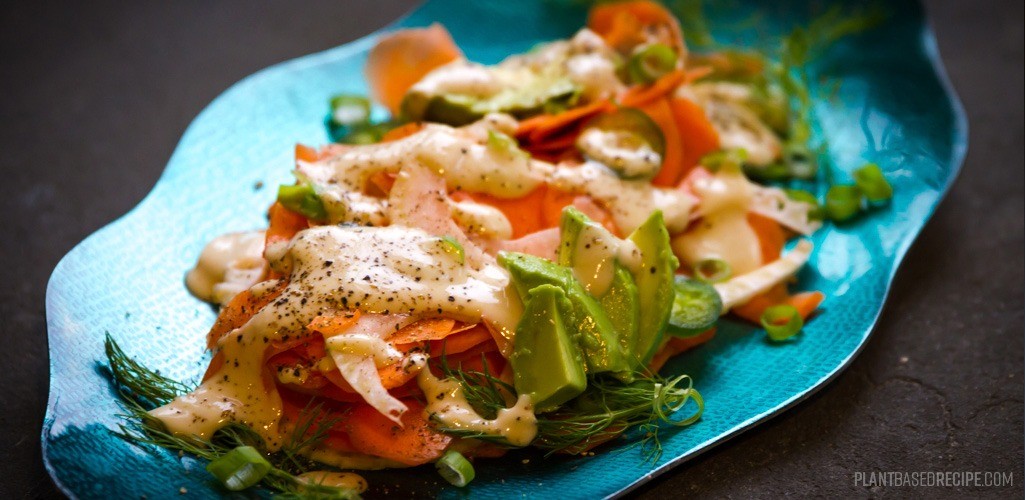
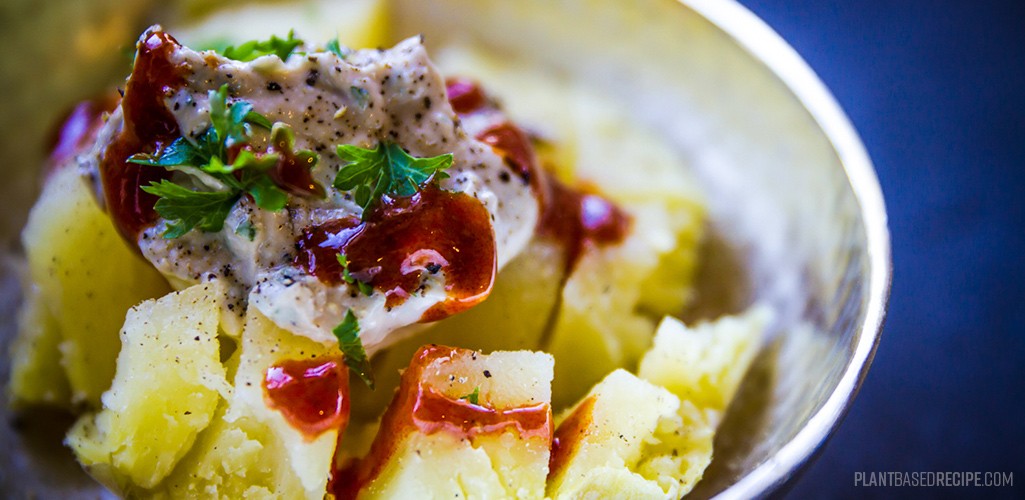
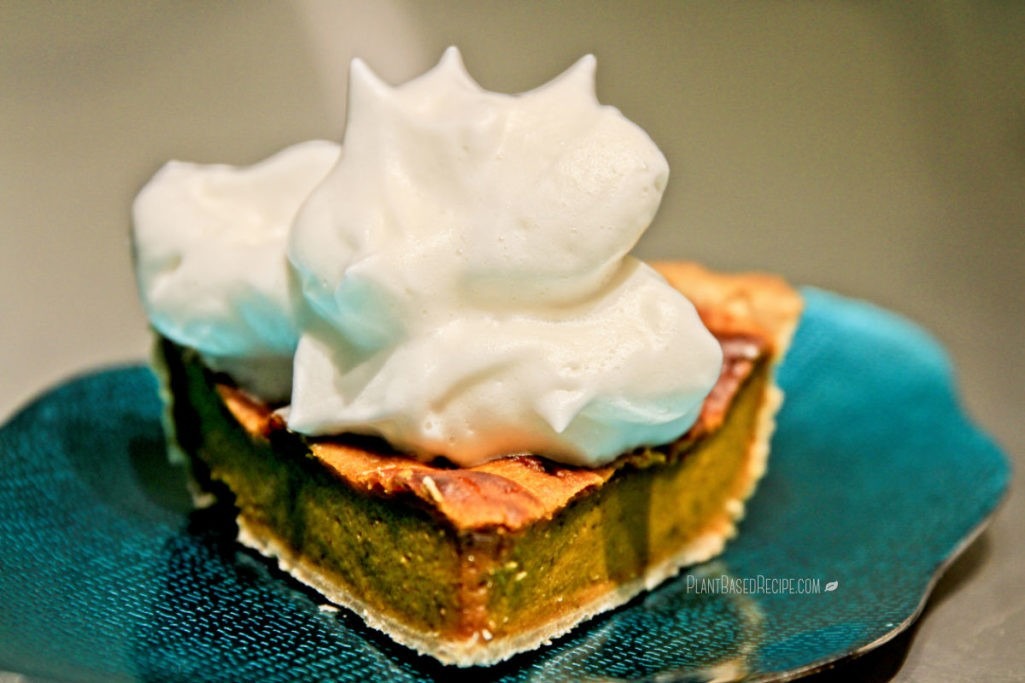
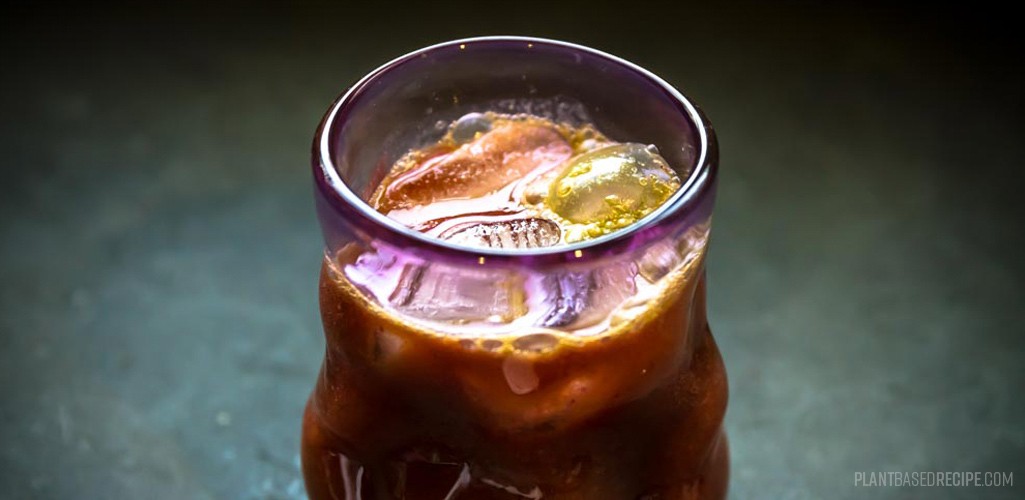

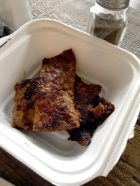
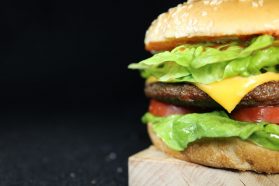
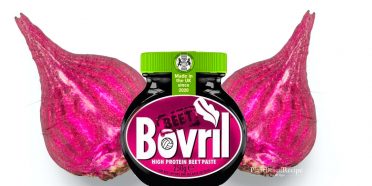


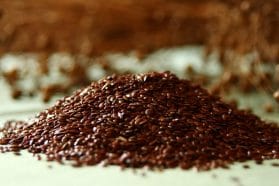
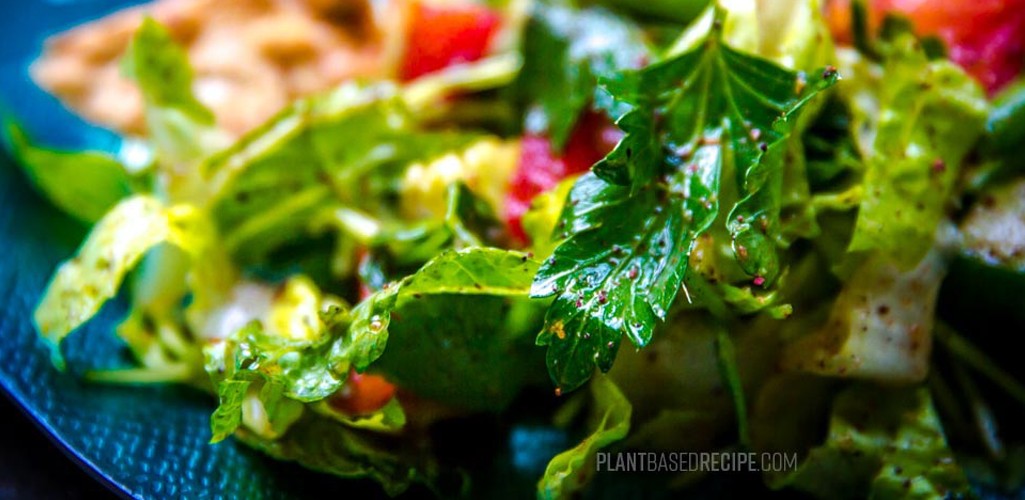

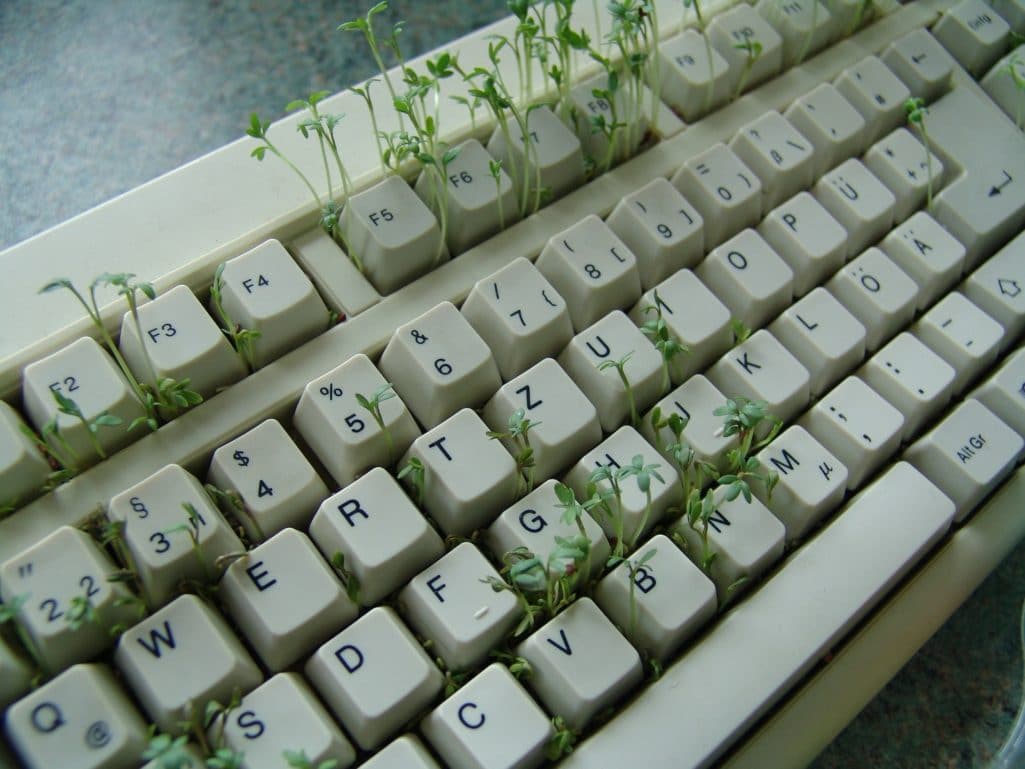
Colleen
Thank you for the great recipe. It is delicious! I follow Esselstyn’s diet and this recipe is perfect!
Gail
I made this today using PB2 instead of peanut flour and stevia. I poured it over steamed shirataki & oat fibre spaghetti noodles and steamed broccoli and snap peas. Delicious!!! Then I tried it with a bit of soy sauce. Delicious!!! And then I tried it with a tiny bit of True Lime crystals. Delicious!!! Thank you!!!
Gail
And, yes, I ate it for breakfast. YUM!!!
Jen @ Plant Based Recipe
Hi Gail – thanks SO much for letting us know it went well, and the application sounds SO good! Love that you tried it with a bit of True Lime crystals and for breakfast too! Inspiration happening over here 🙂
Theresa D Esterline
I just want to make sure this is 2 TB red curry paste… it says 2 TB cup red curry paste… I’m thinking the cup is in error, yes?
Kyla Dimmett
The recipe says 8 servings. How many ounces or tsp. in one serving please?
Jen @ Plant Based Recipe
Hi Kyla! It’s roughly 2 Tbsp (sorry, my really old recipes didn’t have the option to enter this!)